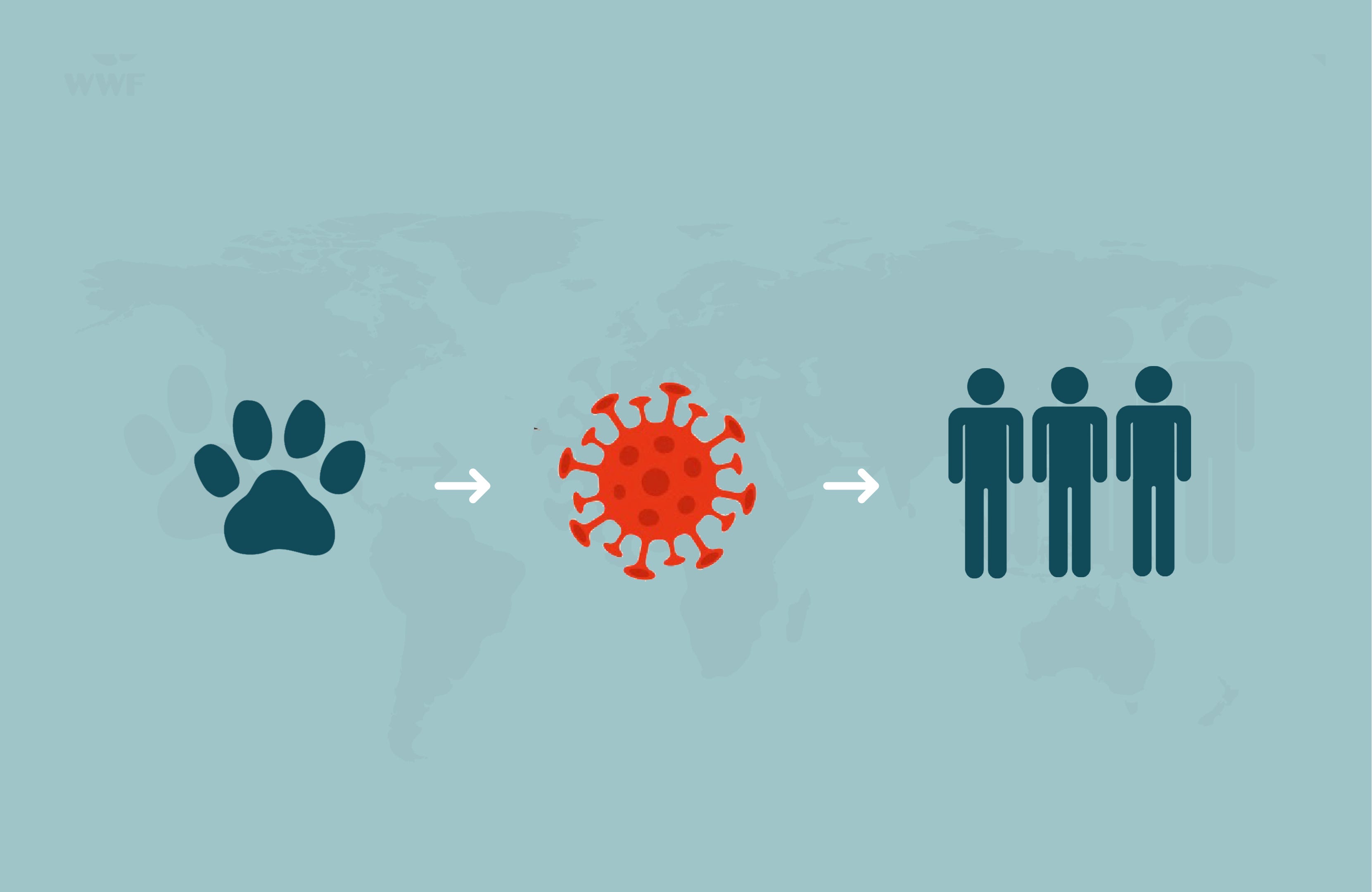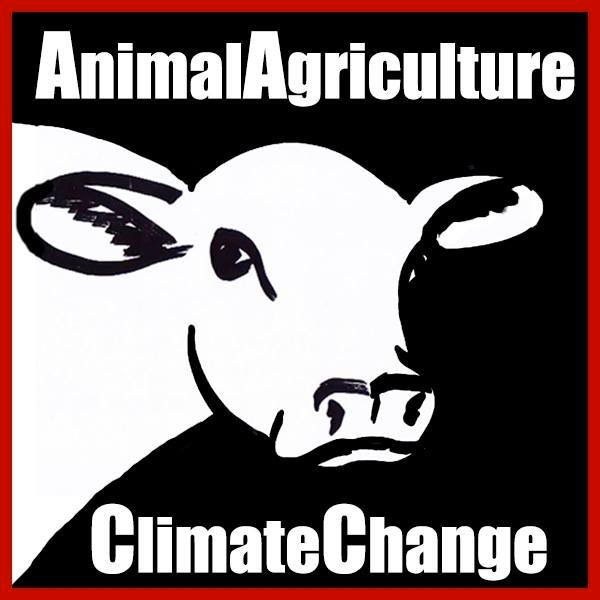Dr Margaret Kinnaird from the World Wide Fund for Nature, breaks down how the COVID-19 crisis must spell the end of the international wild-life trade. Key is that human, animal and environmental health is inextricably interconnected.
Some three decades ago, I had my first exposure to a ‘wet market’. I was in the North Sulawesi town of Tomohon in Indonesia. Today, the market is known as the ‘Extreme Market’, an apropos moniker given what I experienced walking through the myriad aisles and stalls with salespeople announcing their wares. There were plucked ducks and chickens dangling from tied feet and piles of fresh, glistening fish. But mixed in were haunches of babisura (an endangered ‘pig-deer’ endemic to the island of Sulawesi), live crested black macaques squeezed into small cages (another endemic, highly endangered Sulawesi species), forest rats, an eerie assortment of flying foxes (large fruit-eating bats) clinging to the slats of their cages, and a motley collection of domestic dogs and cats barking and meowing from their confinement. One salesman taunted me with a cat as he blow-torched the hair off the carcass, another cleavered the leg of a Sulawesi pig, splattering blood across my chest. The scene was disturbing on so many levels but at that juncture in my life, I was relatively naive to the potential human health risks posed by this market and the multitudes of other similar markets across the region.
Then, a decade later, while living in northern Kenya and conducting research on dromedary camels, my much-beloved herd — along with others in the county — tested positive for MERS (Middle Eastern Respiratory Syndrome) yet another coronavirus-related illness believed to be transmitted from bats to camels. We had no idea how our camels were exposed to MERS — they were not highly mobile or nomadic and had no immigration of individuals from the outside for several years. My research team concluded that it was highly likely that MERS and other coronoviruses have been circulating in camel populations across the Horn of Africa for many years but any spillover from animals to humans may have remained undetected.
I feel like I’ve barely escaped the microscopic ‘claws’ of coronoviruses for a number of years. When SARS (Severe Acute Respiratory Syndrome) broke out I was living in Indonesia. I remember seeing masks being worn outside hospitals for the first time in my life, and although few in my personal home range were affected by the virus, it spread to over 8,000 people worldwide and tragically stole some 800 lives before it was contained.
While my own personal experiences are insignificant to what was felt worldwide, I continue to marvel at how, when these outbreaks sent alarm bells around the world, people listened briefly then quickly forgot. Few continued to worry. And we should be worried.
Today we are confronted with a pandemic that is thought to have originated from a similar setting: a market selling the usual fare (fish, chickens, rabbits, pigs, a slab of beef) along with wild-caught species — maybe a badger, a few hedgehogs, or a snake — all thrown together, in highly unhygienic conditions. Although we are not 100 per cent certain, the conditions prevailing in this market may have created the perfect petri dish for a pathogen to spill over from animals to humans, creating what we know now as COVID-19, the respiratory illness that has swept the globe and deeply altered everything we consider normal in our daily lives.
COVID-19 is showing us how desperately we need to rethink our relationship with nature. While it is absolutely crucial that we focus our efforts now on the health and safety of the most vulnerable of us who have been or may be exposed to COVID-19, we also need to look forward and reassess how we prevent or reduce, the risk of corona-like viruses and other diseases passing from animals to humans.

There is a growing and much-needed debate around the relationship between the increased risk of disease transmission and deforestation, loss of biodiversity, urbanization, climate change, agribusiness, our diets and how we grow and acquire our food, and wildlife trade (legal and illegal). To date, clarity on the roles of these various drivers in disease transmission is far from crystal clear. Perhaps the one thing we do know for certain, is that it’s complicated.
But let’s examine wildlife trade. Wildlife trade, by definition, brings live and dead wild animals or their parts in close proximity with those hunting, those engaged in commerce and those eating or using these products in some way (e.g. pets and medicine). And it means that lots of different species from different regions — wild, captive or domesticated — are being mixed and transported together. All this serves to increase the risk of pathogens being spread to new hosts.
While the temporary closure of wildlife markets or bans on eating of meat of wild species as enacted by China in February are sensible and, I believe necessary precautions, they will not completely address the underlying problem over the long-run. We need to do lots — and I mean lots — more.
My organization, WWF, is advocating for governments worldwide to take action to eliminate illegal and unregulated markets, as well as other high-risk markets that have transport or people linkages to population centers, particularly where high numbers of animals, domestic and wild, dead and alive, are sold in close proximity — and especially those that sell animals like bats and civets which are known to carry coronaviruses.
We have data that show — at least in Asia — citizens are ready to support strong governmental actions to close these markets once and for all. WWF commissioned a public opinion survey in early March that focused on the link between COVID-19 and wildlife trade and found that 82 per cent of respondents from Hong Kong SAR, Japan, Myanmar, Thailand, and Vietnam are extremely or very worried about the COVID-19 outbreak. Even more revealing, is that the vast majority of respondents (93 per cent) from communities in South East Asia and Hong Kong supported their governments eliminating illegal and unregulated markets. With such widespread support, now — right now — is the time for governments to heed the voices of their citizens and act in the interests of their people and global health. These markets no longer have a place in our uber-connected, global society.
Unfortunately, a segment of so-called diehard consumers from the survey stated that they would continue to buy wildlife from illegal markets in spite of any governmental bans. The animals of choice they specified having recently bought included birds, snakes, bats, civets, pangolins and turtles; one would assume these are the species diehard consumers will continue to seek out. Their determination in the face of the potential risks goes to show the steep road that lies ahead in terms of changing attitudes and reducing demand for these species.
Only last week as the world was reeling from the COVID-19 pandemic, Malaysian authorities intercepted over six tonnes of African pangolin scales — the largest such seizure to date in Malaysia’s busiest port, Port Klang. This seizure not only underscores the magnitude of the illicit wildlife trade, it also demonstrates the brazen contempt for rule of law by these bold and savvy traffickers at a time when the world is under a major lockdown to contain the spread of COVID-19.
Wildlife markets (legal and illegal) are not unique to Asia and are found throughout the tropics, in both urban and rural areas. In urban areas, where people have a diversity of options for protein, wild meat tends to be more expensive and is generally purchased as a luxury meal or to show status. Where they exist, these wildlife industries need to be rigorously regulated to ensure high sanitary standards and sustainability (e.g. kudu and reindeer farming in S. Africa and the Arctic, respectively). However, for many Indigenous Peoples and those living in rural and remote communities, wildlife provides a vital protein source where other options are few, if nonexistent. While the right to maintain traditional diets should be upheld, I believe we need to acknowledge that these people may also be at risk from eating wild meat. These are critical food security issues that should be confronted by governments and development agencies and must include education and awareness on animal handling, sanitation and disease transmission as well as sustainable wildlife management, and support to develop village-level alternative food sources.
I acknowledge that shutting down illegal, unregulated and high-risk markets is only part of the solution. Regulation of trade, stronger surveillance for illness and rigorous testing of traded animals for pathogens is another key step. Poor hygiene practices in many legal markets selling common livestock, poultry and seafood are also major causes for concern. And perhaps it is time to re-examine our food production systems, including the industrial scale rearing of livestock and poultry, especially breeds with low genetic diversity, that also pose a significant risk of transfer of pathogens from animals to humans when safety standards are breached. Although there isn’t a one-size-fits-all solution to prevent future pandemics, what is needed is a more holistic — One Health approach which views human, animal and environmental health as inextricably interconnected. Such an integrated approach will help provide the much-needed science to understand high-risk species, high-risk areas and high-risk behaviors. It will also improve our understanding of where regulatory frameworks are in place and functioning, where they are missing or underperforming, and the crucial roles of enforcement and corruption.
As the world takes stock of the impact of COVID-19, we have an opportunity to redefine our relationship with wildlife and nature with a renewed sense of purpose. Our interaction with nature should come with a deep-seated understanding of the bounty that nature provides us, but we need to protect nature to protect ourselves.
Original source: https://medium.com/

